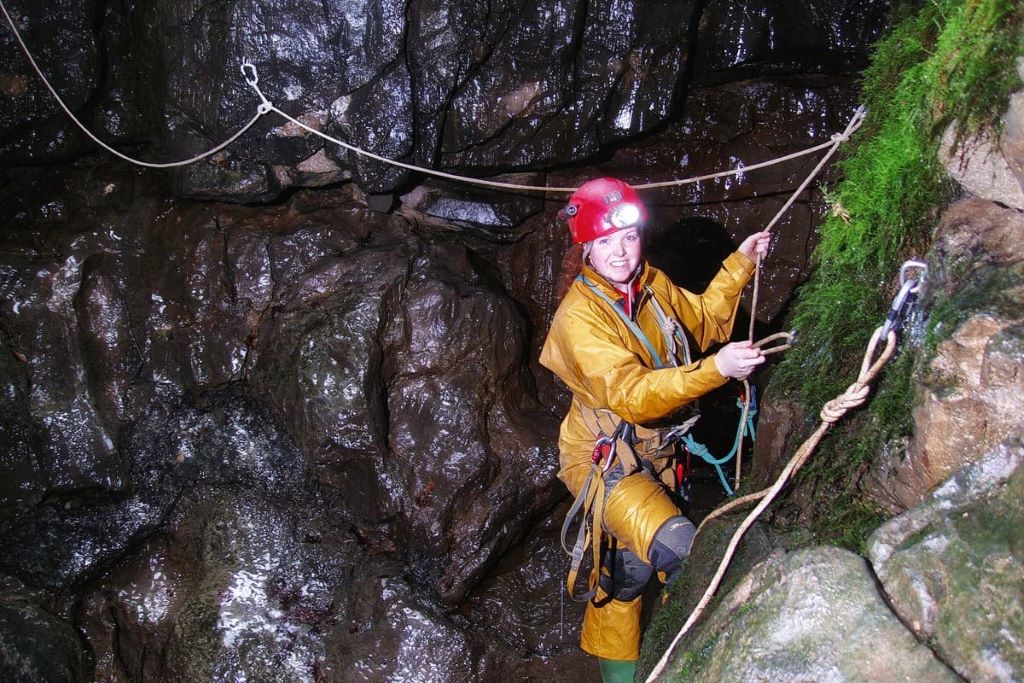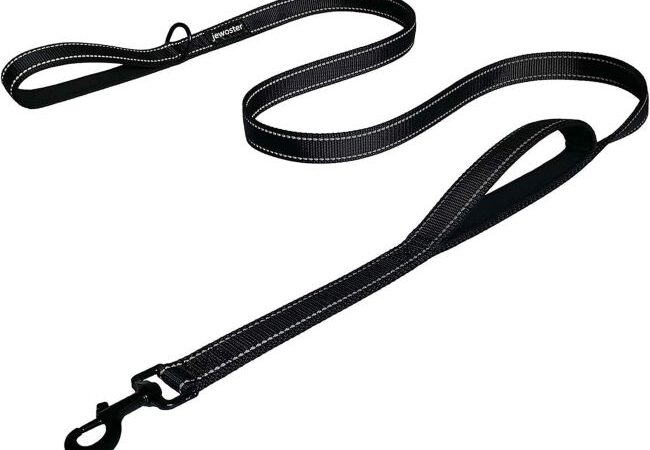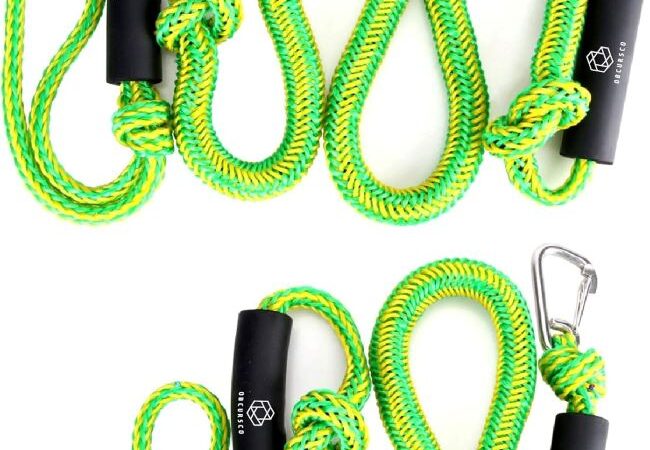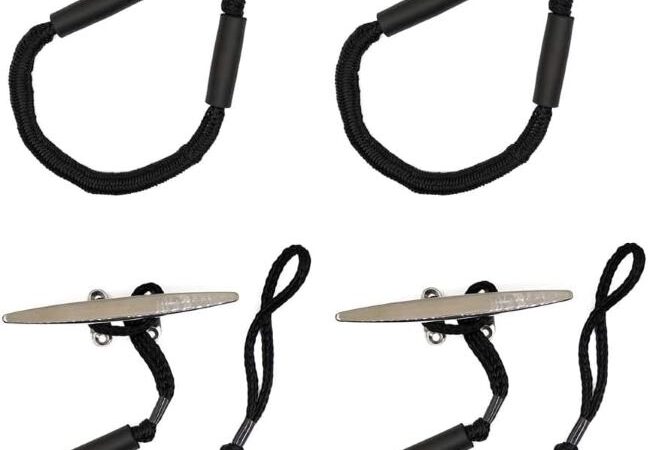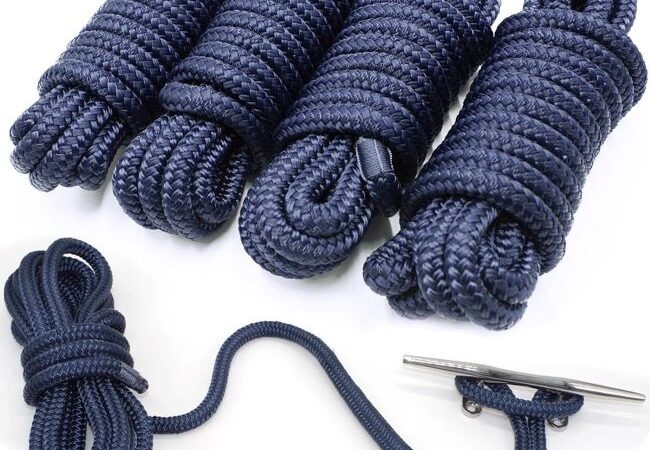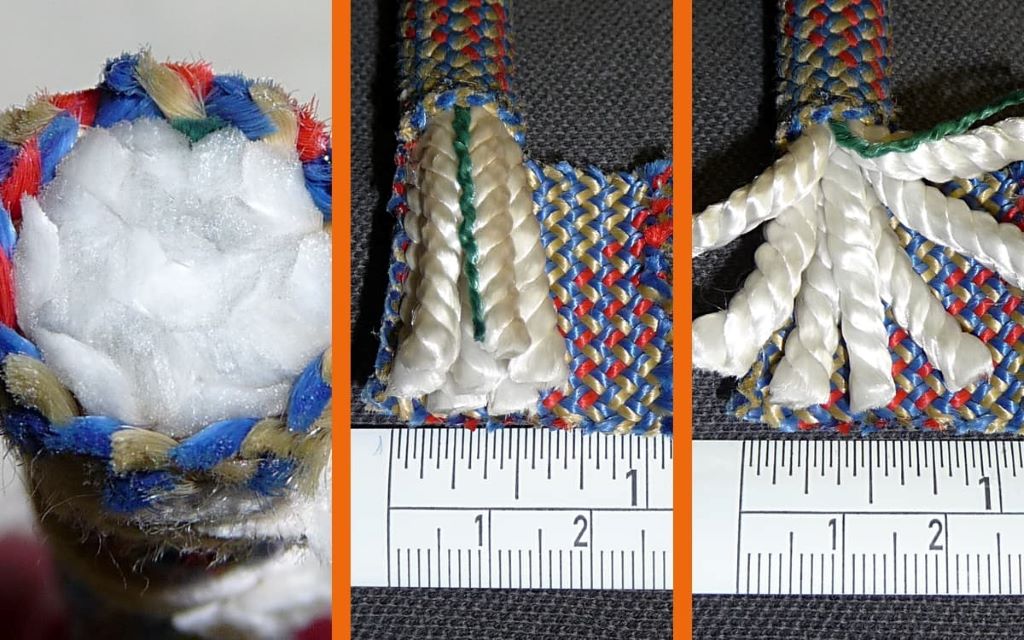
Static vs Dynamic Rope for Climbing: Which Is Best for You?
Climbing is an adventure that tests your strength, skill, and trust in your gear. Among the most critical pieces of equipment is the rope, your lifeline on the rock. But not all ropes are created equal. The debate of static vs dynamic rope for climbing often leaves beginners and seasoned climbers alike scratching their heads. As someone who’s scaled crags and tackled big walls, I’ve learned the hard way that choosing the right rope can make or break your climb. This blog post tells the story of static and dynamic ropes, weaving in personal experiences and expert insights to help you decide which rope suits your climbing style.
Contents at a Glance
ToggleWhat Are Static and Dynamic Ropes?
Ropes are the backbone of climbing safety, but their designs serve different purposes. Static ropes have minimal stretch, making them rigid and strong for specific tasks. Dynamic ropes, however, stretch under load, absorbing the energy of a fall. When I started climbing, I grabbed a static rope for a top-rope setup, thinking it was safer. Big mistake. The lack of stretch made every move feel jarring. According to the American Alpine Club, dynamic ropes reduce impact force by up to 30% compared to static ones, protecting climbers during falls. Understanding these differences is crucial. Static ropes excel in fixed lines, while dynamic ropes are built for lead climbing and fall protection.
The Role of Dynamic Ropes in Climbing
Dynamic ropes are the go-to for most climbing scenarios, especially lead and sport climbing. Their elasticity absorbs the shock of a fall, reducing stress on your body and anchors. I remember my first lead climb on a dynamic rope. The rope stretched just enough to soften a small slip, giving me confidence to push higher. These ropes come in single, half, and twin varieties, each suited for specific climbs. For instance, single ropes are versatile for crags, while half ropes shine in alpine routes. However, dynamic ropes wear faster under heavy use. Regular inspection is key to safety, as abrasion can weaken them over time.
When to Use Static Ropes
Static ropes shine in situations where stretch is a liability. Think hauling gear, setting fixed lines, or rappelling. During a multi-pitch climb in Yosemite, I used a static rope to haul our heavy pack. Its rigidity kept the load steady, unlike a dynamic rope that would’ve bounced. Static ropes are also common in rescue operations and caving due to their durability. However, they’re not ideal for lead climbing. Their lack of stretch increases impact force, risking injury or gear failure. According to a 2020 study by the International Climbing and Mountaineering Federation, static ropes are 40% less likely to fray in hauling scenarios, making them a reliable choice for specific tasks.
Key Differences Between Static and Dynamic Ropes
The core difference lies in stretch and purpose. Dynamic ropes stretch 20–40% under load, cushioning falls, while static ropes stretch less than 10%, offering stability. Dynamic ropes are lighter and more flexible, ideal for lead climbing. Static ropes are thicker, heavier, and built for durability in fixed setups. Cost-wise, static ropes are often cheaper, but dynamic ropes offer versatility. I once tried using a static rope for a sport climb—bad idea. The rope felt like a steel cable, making every clip a struggle. Choose dynamic for fall-prone routes and static for controlled, non-dynamic tasks like hauling or anchoring.
Common Mistakes Climbers Make When Choosing Ropes
Picking the wrong rope can lead to discomfort or danger. Here are common pitfalls to avoid:
- Using static ropes for lead climbing: They don’t absorb fall energy, risking injury.
- Ignoring rope diameter: Thinner dynamic ropes wear faster but are lighter.
- Neglecting maintenance: Both ropes need regular checks for cuts or fraying.
- Mixing rope types: Using static and dynamic ropes together can cause instability.
- Overlooking certifications: Always choose UIAA-certified ropes for safety.
- Assuming all ropes are equal: Match the rope to your climb’s demands.
Avoid these mistakes by researching and testing ropes before committing.
Benefits and Disadvantages of Dynamic Ropes
Dynamic ropes are climbers’ favorites for good reason, but they have drawbacks. Here’s a breakdown:
- Benefits:
- Absorb fall energy, reducing impact on body and gear.
- Lightweight and flexible, ideal for long routes.
- Versatile for various climbing styles, from sport to trad.
- Disadvantages:
- Wear out faster under frequent use or abrasion.
- More expensive than static ropes.
- Stretch can feel unsettling in precise movements.
Despite these cons, dynamic ropes are essential for most climbers. Their safety benefits outweigh the costs for dynamic pursuits.
Benefits and Disadvantages of Static Ropes
Static ropes have unique strengths, but they’re not for every climb. Consider these points:
- Benefits:
- Durable and resistant to fraying in heavy-duty tasks.
- Stable for hauling, rappelling, or fixed lines.
- Often more affordable than dynamic ropes.
- Disadvantages:
- Lack of stretch increases fall impact, unsafe for lead climbing.
- Heavier and less flexible, tiring on long carries.
- Limited versatility compared to dynamic ropes.
Static ropes are niche but invaluable when used correctly, especially in technical scenarios.
Tips for Choosing the Right Rope
Selecting a rope depends on your climbing goals. Here are practical tips:
- Match the rope to the climb: Use dynamic for lead, static for hauling.
- Check certifications: Look for UIAA or EN standards for safety.
- Consider diameter: Thicker ropes last longer but are heavier.
- Inspect regularly: Check for wear, especially on dynamic ropes.
- Test before buying: Borrow or rent to feel the rope’s handling.
- Plan for length: Longer ropes suit multi-pitch; shorter ones work for crags.
These tips helped me avoid costly mistakes and find ropes that matched my climbs.
My Personal Journey with Ropes
Five years ago, I was a novice climber, clueless about ropes. On a sport climbing trip, I borrowed a friend’s static rope, thinking it’d be fine. Halfway up, a slip sent a shock through my harness, nearly yanking the anchor loose. That taught me to respect dynamic ropes’ elasticity. Later, on a big wall, a static rope saved the day, keeping our gear haul smooth. These experiences shaped my understanding. Now, I always double-check my rope choice, ensuring it matches the climb’s demands. Sharing this helps me connect with you, urging you to learn from my missteps.
How to Care for Your Climbing Ropes
Proper care extends your rope’s life and ensures safety. Always store ropes in a cool, dry place, away from sunlight. After each climb, inspect for cuts, fraying, or soft spots. Clean dirty ropes with mild soap and water, avoiding harsh chemicals. I learned this the hard way when a gritty rope wore out prematurely. Avoid stepping on ropes, as it grinds dirt into fibers. Use a rope bag to prevent kinks and tangles. For dynamic ropes, retire them after 5–7 years or significant falls, per UIAA guidelines. Static ropes last longer but still need regular checks. Good care keeps your lifeline reliable.
Conclusion
The choice between static vs dynamic rope for climbing boils down to your adventure’s needs. Dynamic ropes offer safety and flexibility for lead climbing, while static ropes provide stability for hauling and fixed lines. My journey taught me that the right rope isn’t just gear—it’s a partner in your climb. By understanding their differences, avoiding common mistakes, and caring for your rope, you’ll climb with confidence. Ready to hit the crags? Share your rope experiences in the comments or pass this guide to a climbing buddy.
FAQs
What is the main difference between static and dynamic ropes?
Dynamic ropes stretch to absorb fall energy, ideal for lead climbing. Static ropes have minimal stretch, suited for hauling or fixed lines.
Can I use a static rope for sport climbing?
No, static ropes don’t absorb fall energy, making them unsafe for sport or lead climbing. Use dynamic ropes instead.
How often should I replace my climbing rope?
Dynamic ropes should be retired after 5–7 years, significant falls, or visible damage. Static ropes last longer but need regular checks.
Are dynamic ropes more expensive than static ropes?
Yes, dynamic ropes are typically pricier due to their elasticity and versatility, but prices vary by brand and diameter.
How do I know if a rope is safe to use?
Check for UIAA or EN certifications, inspect for wear, and retire ropes showing cuts, fraying, or after major falls.
Read More:
Best jump rope apps to track workout progress and training

